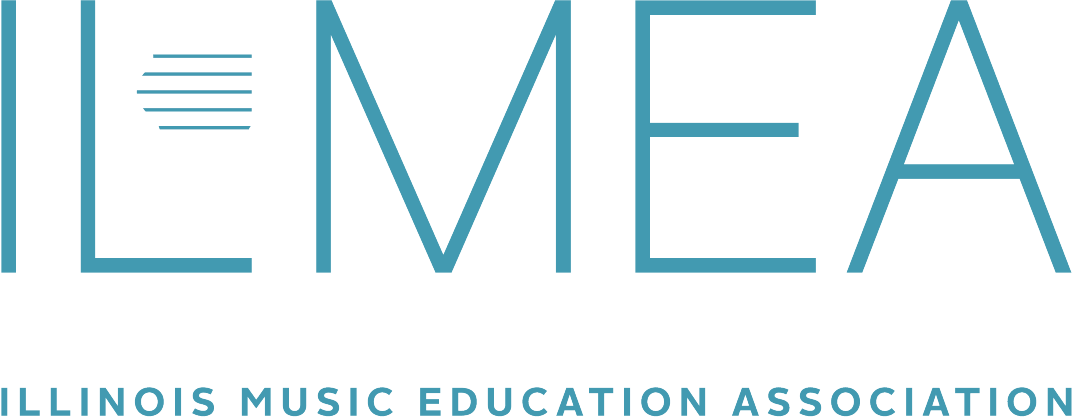What are you commemorating from your professional life this past year? Amidst major changes and shifts in your teaching practice, what do you recognize as being positives? What do you hope to take with you as we slowly make our way toward a more familiar classroom or school situation?
Organizing Your Classroom For Success: Empowering Students with Disabilities
Often, students with disabilities require additional supports. When working with students with diverse needs, there is no one size fits all approach. However, almost any adaptation or modification we make for one student will likely benefit another. By adapting and modifying not only my lessons but also my classroom, I am able to provide an environment that meets the needs of all students.
Tapping Invisible Talent, Part 3: Curriculum and Resources
A curriculum of song writing/composing includes music theory elements such as chords, progressions, scales, etc. There is an abundance of resources available to approach these topics in a way that caters to a wealth of teaching styles, and so this article will not dictate to you how to administer those elements. For this article, I will focus on the resources related to learning digital music production and a process for shaping the creative work, and you’ll be able to apply this curriculum to any digital audio software (DAW) you choose.
Tapping Invisible Talent, Part 2: Strategies and Planning to Get Started
After talking about rationale in the first installment (Fall 2019), it is time to get into the nuts and bolts. The world of digital music uses terms and equipment that can sound intimidating. Let’s demystify the jargon, explain what each piece of equipment is used for, and give you ideas on how to build a teaching space for the magic to happen.
Next: Tips on Cultivating a Nurturing Community in Your Classroom
The intrinsic joy that is cultivated through relationship building is a powerful tool that we can use as educators to not only build and retain our programs, but to give our students a sense of belonging. Here are some ideas for ways to make the community in your classroom tangible for your students!
Next: Commitment To Our Students
What do I mean “I am their parent”? As music teachers, if we are fortunate to stay long enough in one school, we have a real chance to build a family. We could see our students for up to nine years in the elementary setting - maybe longer in a K-12 district. We see them year after year, growing and changing.
Tapping Invisible Talent, Part 1: Discovering the Best Student Musicians At Your School You Never Knew Existed
Story & Song: The Negaunee Institute's Songwriting Projects
When Maestro Riccardo Muti became Music Director of the Chicago Symphony Orchestra (CSO) in 2009, he made it clear he wanted his legacy to reach beyond the walls of Orchestra Hall, providing people all over Chicago with access to music.
Everything I Needed to Know To Be a Policy Advocate, I Learned in the Music Room
As music teachers, we often say that we teach humans first and music second. In the same spirit, as we approach policy, we need to advocate for policies that not only benefit the music program, but also ensure that students, both in our classrooms and throughout the state, are receiving an education that addresses their needs.









